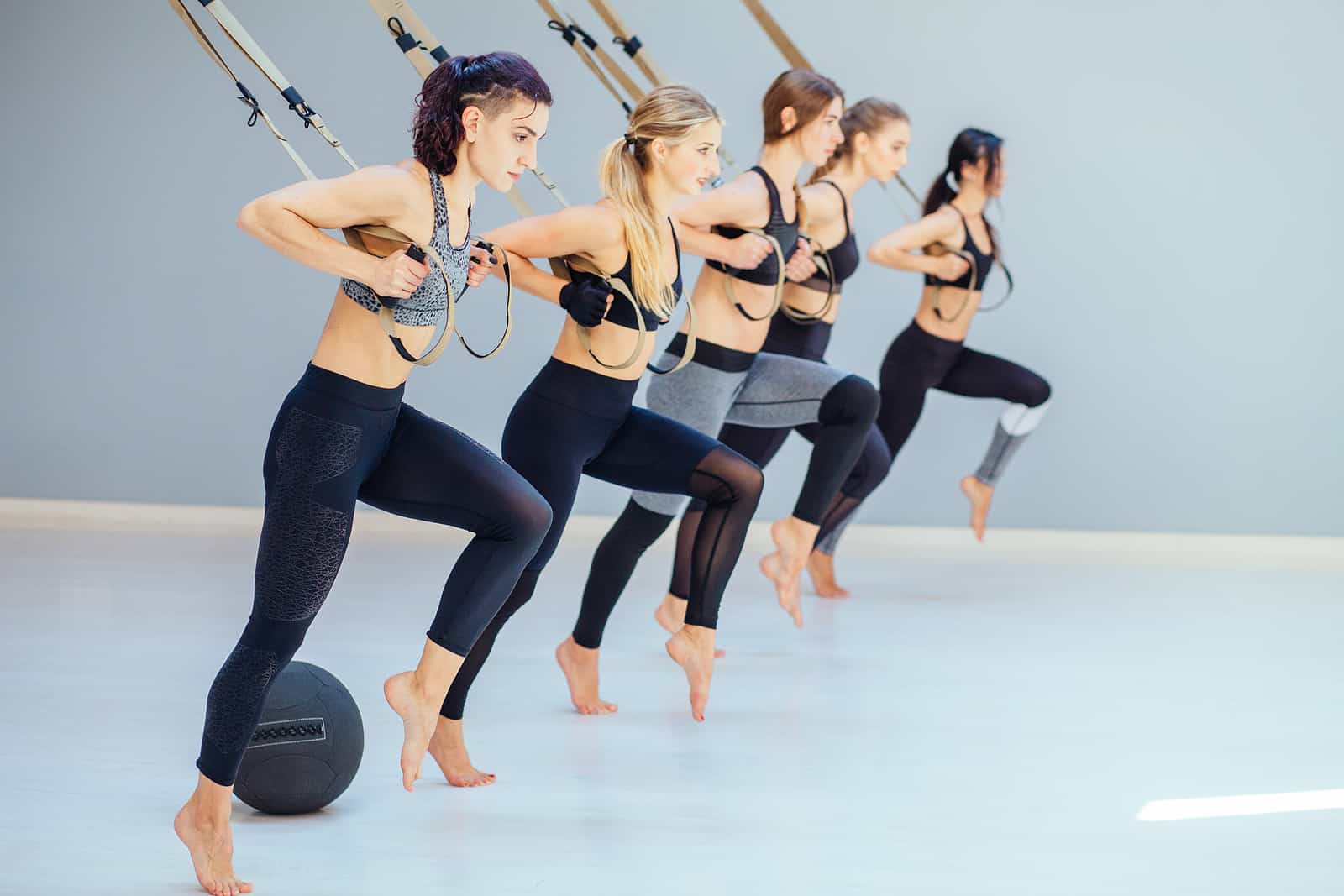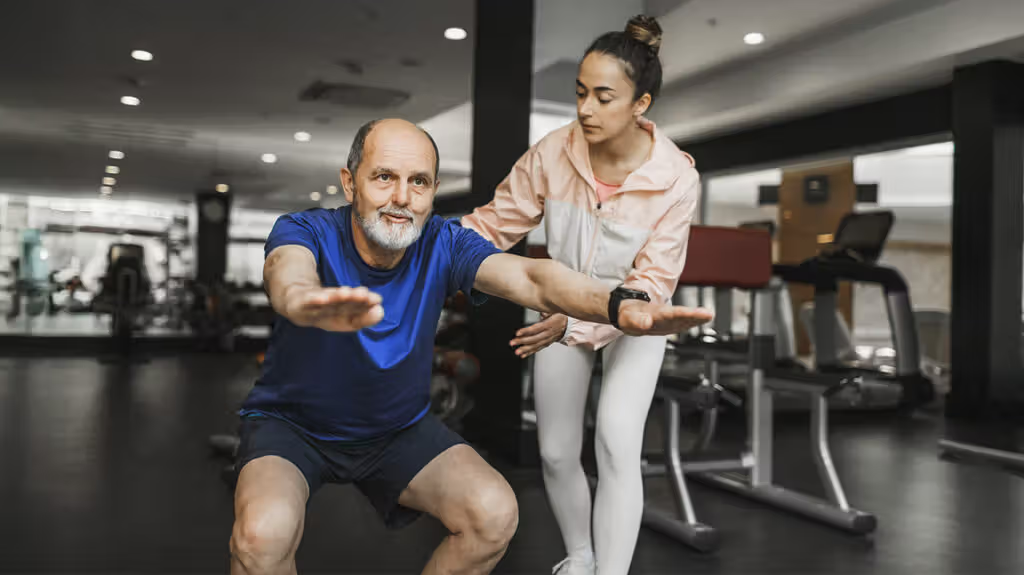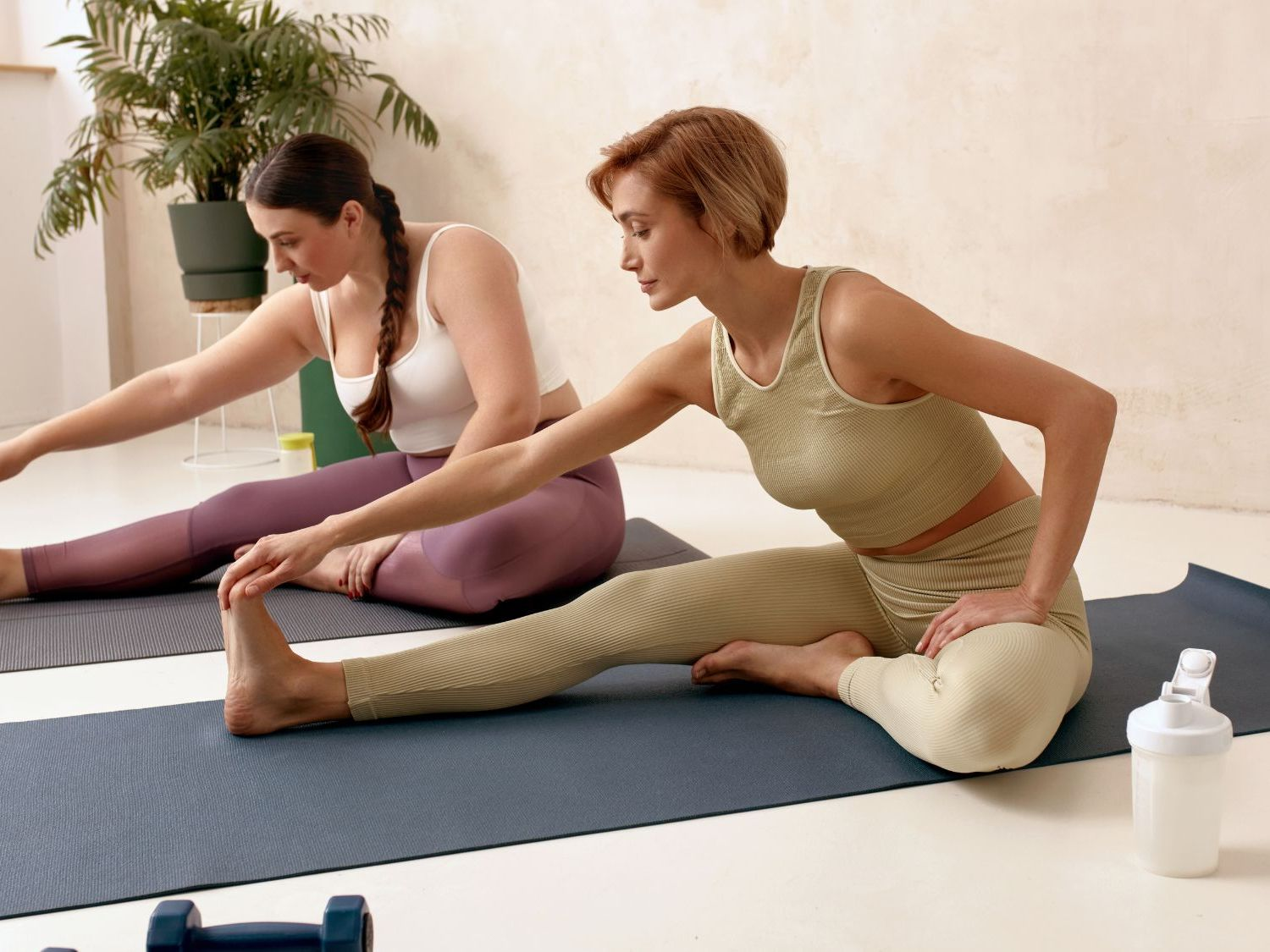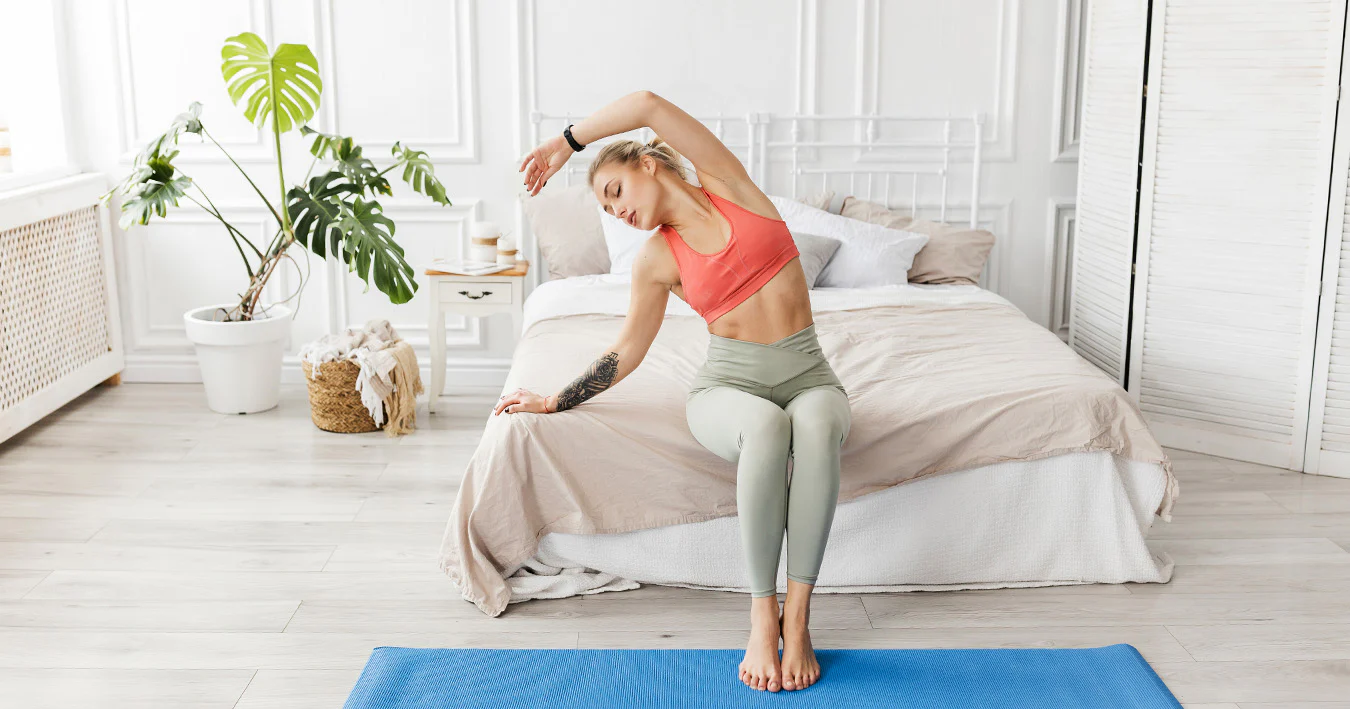While shoes provide protection and support, training barefoot is gaining traction among athletes looking to strengthen the feet and improve overall body mechanics. Going barefoot during select exercises activates muscles in the feet and lower legs that are often underused when wearing cushioned footwear. Over time, this can improve balance, stability, and proprioception—key components for performance and injury prevention.
Barefoot workouts are especially effective during strength training, yoga, or balance drills. By removing the barrier between your foot and the ground, you increase sensory feedback, which enhances movement control. Additionally, barefoot resistance exercises can help correct posture and realign kinetic chains, reducing the risk of knee, hip, or lower back issues. However, it’s important to ease in gradually to avoid strain, particularly if your feet aren’t used to the stress.
Experts recommend starting with short sessions on safe, clean surfaces and focusing on proper form. Over time, many athletes notice stronger arches, improved foot mobility, and even better agility in their sports performance. Barefoot training isn’t a full replacement for shoes, but it’s a powerful supplemental practice that helps athletes connect—quite literally—with their foundation.






